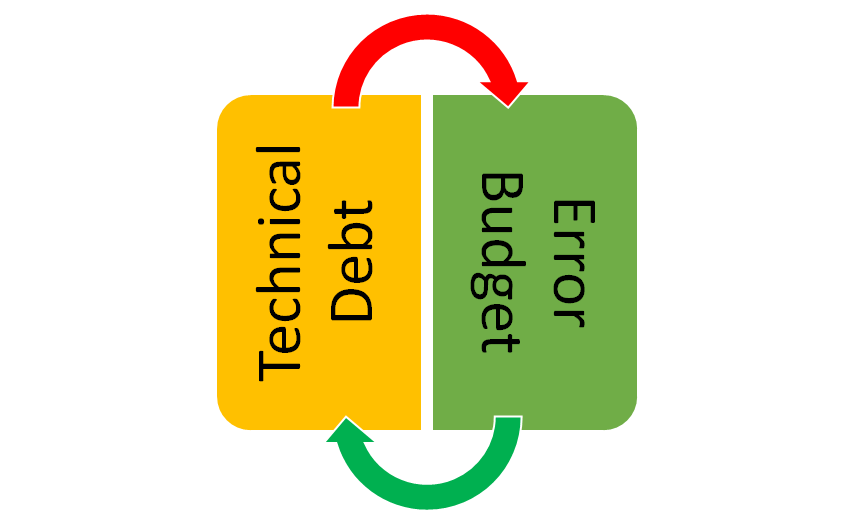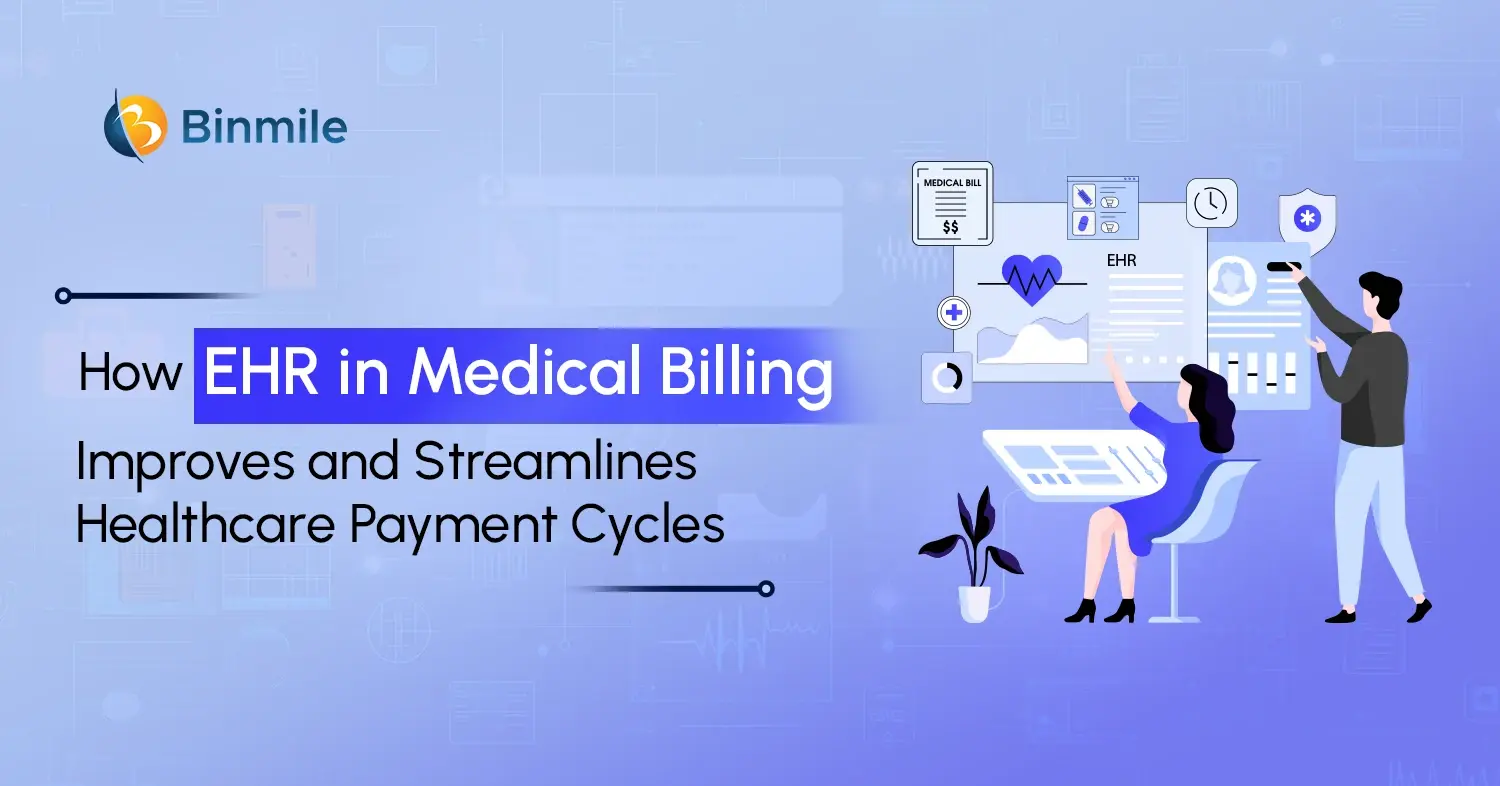Ensuring Business Continuity with 100% Availability
Site Reliability Engineering (SRE) ensures that complex software systems operate seamlessly. It has been made crucial in today’s rapidly evolving digital landscape. SRE, a unique blend of software engineering and IT management, has become essential for maintaining consistent availability and optimal performance of services. Originating from Google, this approach has been widely adopted by multiple companies seeking extraordinary dependability and scalability.
What is SRE?
Site Reliability Engineering (SRE) is a practice involving software tools to automate IT infrastructure tasks, such as system management and application monitoring. Organizations use SRE to ensure that their software applications remain reliable amidst frequent updates from development teams.
This discipline applies software engineering principles to IT operations, with the primary goal being the creation of reliable and scalable systems through automation, monitoring, and incident management. These practices ensure that services run smoothly and without disruptions. For custom software development services, incorporating SRE has significantly enhanced overall reliability and efficiency.
Key Objectives of SRE:
- Reliability: Ensures high availability and minimal downtime.
- Automation: Reduces manual intervention and human errors.
- Scalability: Helps systems grow efficiently with increasing demand.
- Proactive Monitoring: Detects and resolves issues before they impact users.
- Incident Management: Provides structured responses to system failures.
The Origins of SRE

The concept of SRE was pioneered by Google in the early 2000s, addressing the challenge of maintaining reliability in their extensive and complex systems. By integrating best practices from software engineering into IT operations, the foundation for modern SRE practices was set.
What are the Key Principles of Site Reliability Engineering (SRE)?
1: Automation and Tooling
Automation is central to SRE, minimizing human errors by automating repetitive tasks. This focus has allowed SRE teams to concentrate on critical issues and improvements. Automated deployments, system monitoring, and incident response are all integral aspects, enabling faster system adjustments and reliability enhancements. Software development companies often leverage these automation practices to streamline their processes and ensure high-quality outputs.
2: Service Level Objectives (SLOs)
Service Level Objectives (SLOs) are specific, measurable targets indicating the reliability and efficiency of a service. These objectives are part of a broader framework within IT service management and SRE, ensuring that systems meet quality standards. Clearly defined SLOs enable SRE teams to measure performance and identify areas for improvement.
3: Error Budgets

Error budgets provide a quantified allowance for acceptable failures or downtime, balancing the need for system reliability with innovation. Based on SLOs, they indicate the permissible level of downtime, guiding teams on how much risk can be taken with new feature deployments. This concept has been crucial for maintaining reliability while encouraging continuous innovation. For instance, an uptime of 99.95% in the SLO means that the allowed downtime is 0.05%.
4. Proactive Monitoring and Observability
Monitoring and observability are critical to SRE as they provide real-time insights into system performance, application behavior, and potential failures. While monitoring involves tracking key performance indicators (KPIs) such as uptime, latency, and error rates, observability goes deeper by enabling engineers to understand the internal state of a system through logs, metrics, and traces. Advanced observability practices help detect anomalies, identify root causes, and resolve issues before they escalate into major outages, ensuring a seamless user experience.
5. Incident Management and Postmortems
SRE teams follow a structured approach to incident management, ensuring rapid detection, response, and recovery from system failures. When an incident occurs, automated alerting systems notify engineers, who then analyze logs, diagnose issues, and implement fixes. Additionally, post-incident reviews (postmortems) help teams identify root causes, document learnings, and develop strategies to prevent future occurrences. A strong incident management process reduces downtime, minimizes business impact, and continuously improves system resilience.
6. Capacity Planning and Scalability
Capacity planning ensures that IT infrastructure can support growing business demands without performance degradation. SRE teams analyze historical usage data, predict future traffic spikes, and allocate resources accordingly to maintain optimal performance. Automated scaling techniques, such as load balancing and auto-scaling, help systems dynamically adjust to varying workloads. This principle is essential for organizations handling high-traffic applications, ensuring they remain responsive and efficient under peak loads.
7. Security and Compliance
Security is a key aspect of SRE, ensuring that system reliability extends to protecting data and maintaining compliance with industry regulations. SRE teams integrate security best practices, such as automated threat detection, encryption, access controls, and vulnerability scanning, into the software development lifecycle. Additionally, compliance with legal frameworks (such as GDPR, HIPAA, or SOC 2) ensures that organizations meet industry standards while maintaining a secure and resilient infrastructure. By embedding security within reliability practices, businesses can safeguard their services from cyber threats and regulatory risks.
Why SRE is Important for an Organization?
Site Reliability Engineering (SRE) is crucial for organizations aiming to maintain highly reliable, scalable, and efficient digital services. By combining software engineering with IT operations, SRE ensures seamless business continuity, optimizes performance, and minimizes disruptions. Here’s the top benefits of SRE explaining why SRE is essential for any organization:
Top Benefits of Site Reliability Engineering (SRE)
1. Improved Reliability
One of the primary benefits provided by SRE is enhanced reliability. Through rigorous monitoring, maximum automation, and proactive incident management, SRE teams ensure that services remain available and performant. This reliability is required to maintain user trust and satisfaction. DevOps as a service integrates seamlessly with SRE practices, providing comprehensive solutions to maintain service quality and uptime.
2. Scalability
SRE practices have enabled organizations to efficiently scale their services. By applying engineering principles to operations, SRE teams have designed systems that grow seamlessly with increasing demand, ensuring that businesses can expand their user base without sacrificing performance.
3. Cost Efficiency
Significant cost savings can be achieved through the implementation of SRE. Automation reduces the need for manual intervention, thus lowering operational costs. Additionally, preventing outages and minimizing downtime helps businesses avoid financial losses associated with service disruptions.
4. Faster Issue Resolution
Structured incident response frameworks enable rapid detection and resolution of system failures, minimizing operational disruptions. Automated rollback mechanisms ensure swift recovery, while real-time root cause analysis mitigates risks efficiently. These proactive strategies enhance system resilience, maintaining service continuity and improving overall business reliability.
5. Enhanced Security and Compliance
SRE integrates security measures into system reliability, ensuring compliance with industry regulations and mitigating cyber risks. Continuous monitoring detects vulnerabilities in real time, allowing rapid response to threats. By implementing security automation and encryption protocols, SRE enhances data protection, safeguards critical business assets, and strengthens overall cybersecurity posture.
6. Customer Experience and Business Competitiveness
Reliable and high-performing systems directly impact user satisfaction. SRE-driven organizations deliver faster response times, seamless user experiences, and minimal service disruptions, enhancing customer loyalty and giving them a competitive edge in the market.
7. Supports Data-Driven Decision Making
SRE relies on observability, metrics, and performance analysis to identify areas for improvement. By leveraging real-time data, organizations can make informed decisions regarding system optimizations, infrastructure upgrades, and future developments, leading to long-term success.
Best Practices and Techniques to Implement in Site Reliability Engineering (SRE)
Practice 1: Monitoring and Observability
Effective monitoring and observability have been essential in SRE. Continuous monitoring of system performance and user experience allows SRE teams to detect and resolve issues quickly. Observability extends beyond monitoring by providing insights into the internal state of systems, which helps engineers understand and prevent future problems. This involves collecting metrics, logs, and traces, integral to the services provided by many DevOps consulting companies.
Practice 2: Incident Management

Incident management has been a critical component of SRE. When incidents occur, a structured process is followed for swift resolution. This includes identifying root causes, mitigating impacts, and implementing long-term solutions. Post-incident reviews are crucial for learning from failures and refining future responses. Immediate rollback mechanisms are also a key part of this process, enabling quick recovery from errors.
Practice 3: Capacity Planning
Capacity planning ensures that systems can handle fluctuating demand levels. By analyzing historical data and predicting future usage patterns, resources are allocated appropriately. This proactive strategy prevents performance degradation during peak times, thus maintaining a smooth user experience. For businesses offering software product development services, this ensures that their products can handle varying loads and user demands.
Challenges in Implementing Site Reliability Engineering (SRE)
- Cultural Shifts: Significant cultural shifts within an organization are often necessitated by the implementation of SRE. Traditional IT operations teams may resist changes to their workflows. However, by showcasing the benefits of SRE and providing adequate training, a culture of reliability and continuous improvement can be fostered.
- Skill Gaps: SRE requires a unique skill set, including software engineering, system administration, and problem-solving abilities. Finding individuals with these competencies can be challenging. Therefore, organizations must invest in training and development to build a competent SRE team. This is particularly relevant for companies offering software testing services, as they often need SRE expertise to ensure thorough and reliable testing processes.
- Tooling and Automation: The development and maintenance of the necessary tooling and automation infrastructure present another challenge. Effective tools for monitoring, deployment, and incident response are essential. Whether these tools are developed in-house or existing solutions are integrated, the process can be complex and resource-intensive.
Anticipating the Future Landscape of SRE
AI and Machine Learning in SRE
The future of SRE looks promising with the integration of AI and machine learning. These technologies enhance automation, predict system failures, and optimize resource allocation. AI-driven analytics provide deeper insights into system performance, allowing for more proactive incident management and continuous improvement. As these technologies evolve, they will also play a crucial role in MVP development solutions, helping startups and companies quickly identify and address potential issues.
SRE in DevOps
Increasing integration of SRE into DevOps practices has been observed. While DevOps focuses on collaboration between development and operations, SRE adds a critical layer of reliability and performance. This synergy helps organizations deliver high-quality software at a faster pace, offering the best of both worlds – SRE vs. DevOps. By integrating these distinct yet complementary approaches, businesses can achieve both reliability and agility in their software delivery processes.
Explore Binmile's SRE Solutions - Get a free quote now!

How Top Organizations Leverage Site Reliability Engineering: Popular Examples
- Google: A lot of success stories from Google, the place where SRE began, show how useful the practice is. Google has kept the speed and availability of all of its services high by automating deployment processes and setting up strong monitoring systems.
- Netflix: Netflix has adopted SRE concepts to make sure that its streaming service is always available. They make sure that millions of users around the world have a smooth watching experience by constantly monitoring, automatically responding to incidents, and planning for capacity.
- Amazon Web Services (AWS): SRE is used by Amazon Web Services (AWS) to run its huge cloud system. By using SRE practices, AWS makes sure that its services are always online, that problems are fixed quickly, and that resources can be scaled up or down efficiently, so it can meet all of its customers’ needs.
How Binmile Can Help?
At Binmile, our expertise in Site Reliability Engineering can help your organization achieve unparalleled reliability and scalability. Our team of seasoned professionals is dedicated to implementing best practices and innovative solutions tailored to your unique needs. Whether you are looking to enhance your current system’s reliability or seeking comprehensive software development solutions, we offer a range of services to meet your needs.
Contact us today to learn how we can assist you in navigating the complexities of modern digital infrastructure and ensuring your systems are robust, reliable, and future-ready.
The Bottom Line
Site Reliability Engineering (SRE) is a method that changes things by combining software engineering with IT management to make services more reliable, scalable, and cost-effective. Adopting SRE principles can help businesses run smoothly, quickly, and without errors, which will keep customers happy and help the business succeed.
As technology keeps changing, SRE’s job will become more important as they drive innovation and operational success in the digital age. By understanding and using SRE, businesses can get around the complicated digital infrastructure of today and make sure their systems are strong, effective, and ready for the future. It’s impossible to say enough good things about SRE because it is so important for keeping digital systems stable and running well.
Frequently Asked Questions
Automation plays a crucial role in SRE by reducing manual intervention, minimizing human error, and increasing efficiency. Automated processes include deployment, monitoring, alerting, and incident response.
SRE contributes to DevOps by providing practices and principles that enhance the reliability and performance of software systems. SRE and DevOps share goals of improving collaboration between development and operations, fostering a culture of continuous improvement, and emphasizing automation and monitoring.
SRE solutions are critical for modern enterprises because they help maintain system reliability and performance, reduce downtime, and ensure seamless user experiences. They also allow organizations to scale their operations efficiently while minimizing manual intervention and human error.
Service Level Objectives (SLOs) are specific, measurable goals related to system performance and reliability. SRE solutions use SLOs to define and monitor service expectations, ensuring that systems meet the desired reliability standards and helping guide decisions on where to invest in improvements.
SRE is crucial because it ensures the reliability and availability of large-scale services. By automating tasks and using software to manage infrastructure, organizations can achieve higher efficiency, reduce downtime, and improve user satisfaction.
The future of SRE is likely to see:
- Increased adoption across industries and organizations of all sizes.
- Greater emphasis on AI and machine learning to predict and prevent incidents.
- Enhanced collaboration between development and operations teams, further breaking down silos.
- Continuous evolution of tools and practices to meet the demands of ever-changing technology landscapes.









